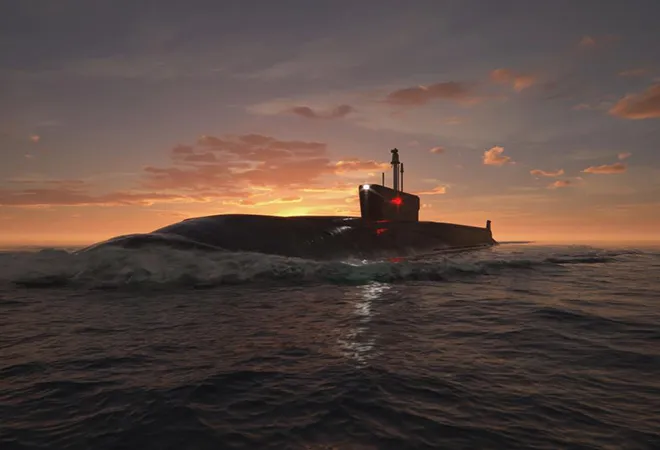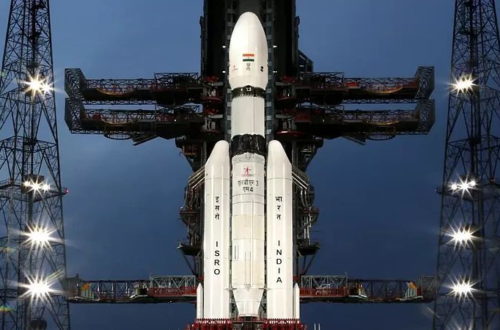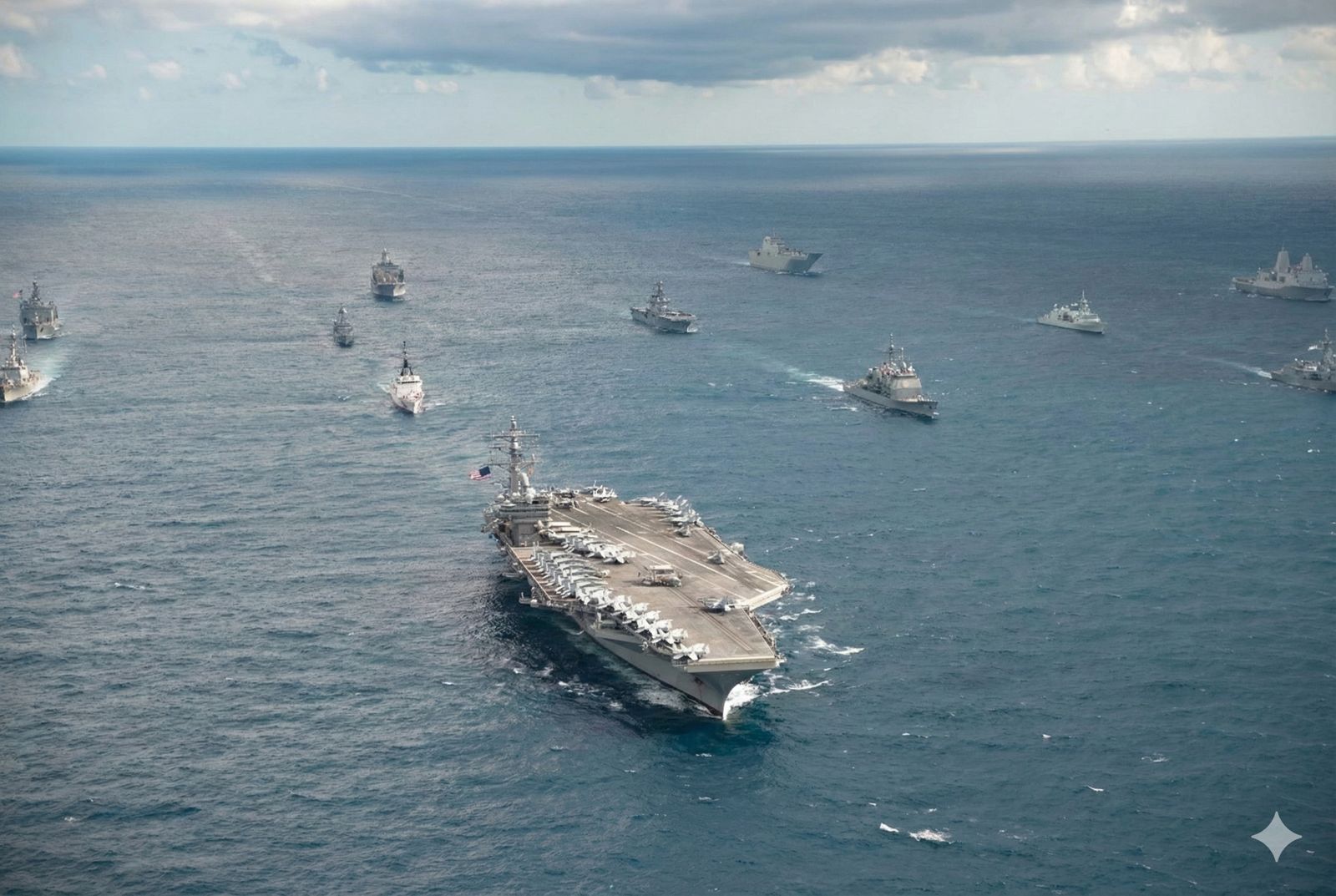In a significant move to bolster its maritime capabilities, the Indian government has approved a ₹40,000 crore project to construct the country’s first two nuclear-powered attack submarines (SSNs). This long-stalled project, crucial to India’s defense, received clearance from the Cabinet Committee on Security (CCS), marking a decisive step forward for the Indian Navy, which has long required SSNs for operations in the Indian Ocean Region and beyond.
Historical Context: From Leased Russian SSNs to Indigenous Capabilities
India’s experience with SSNs dates back to the 1980s and 2010s when the Indian Navy operated two Russian SSNs—INS Chakra I and INS Chakra II—under lease agreements. These submarines provided vital operational experience, but India’s aspirations to have its own SSNs remained unfulfilled due to technical and budgetary hurdles.
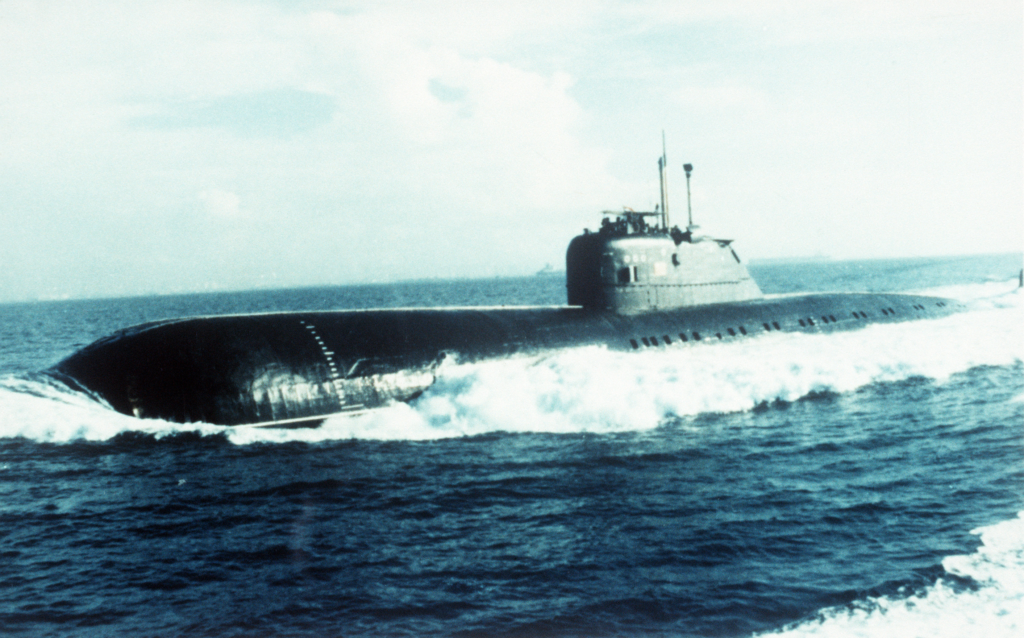
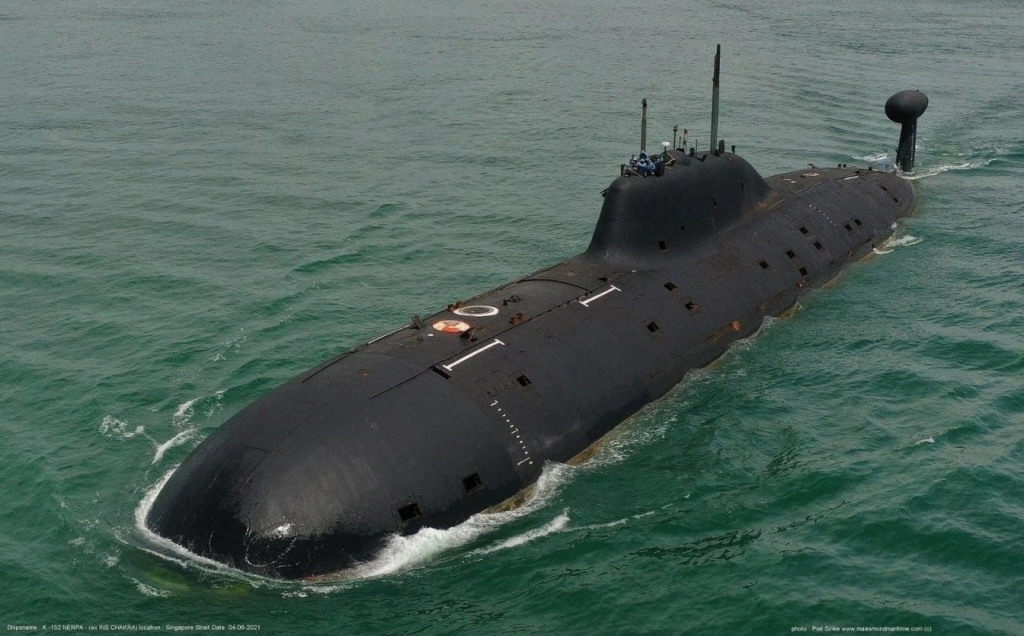
However, India’s advancements in nuclear submarine technology through the Advanced Technology Vessel (ATV) program laid the groundwork for this project. The successful construction of the Arihant-class submarines, which form part of India’s nuclear deterrent as ballistic missile submarines (SSBNs), has demonstrated the country’s growing capability in this domain. The reactors used in the Arihant-class, specifically the CLWR-B1 and CLWR-B2 models, showcase India’s progress in nuclear propulsion.
India’s Nuclear Reactors: CLWR-B1 and CLWR-B2
The CLWR-B1 and CLWR-B2 reactors developed under the ATV program are essential to India’s nuclear submarine program. The B1 reactor, assumed to produce 83 MW of power, powers the current Arihant-class SSBNs. However, for the fast, agile SSNs, which require higher speed and endurance, India is likely to utilize the more powerful CLWR-B2 reactor. This reactor, capable of generating 190 MW, is already slated to power India’s next-generation SSBN, the S5-class. With this reactor already in place, India has a strong foundation for the propulsion system of its SSNs.
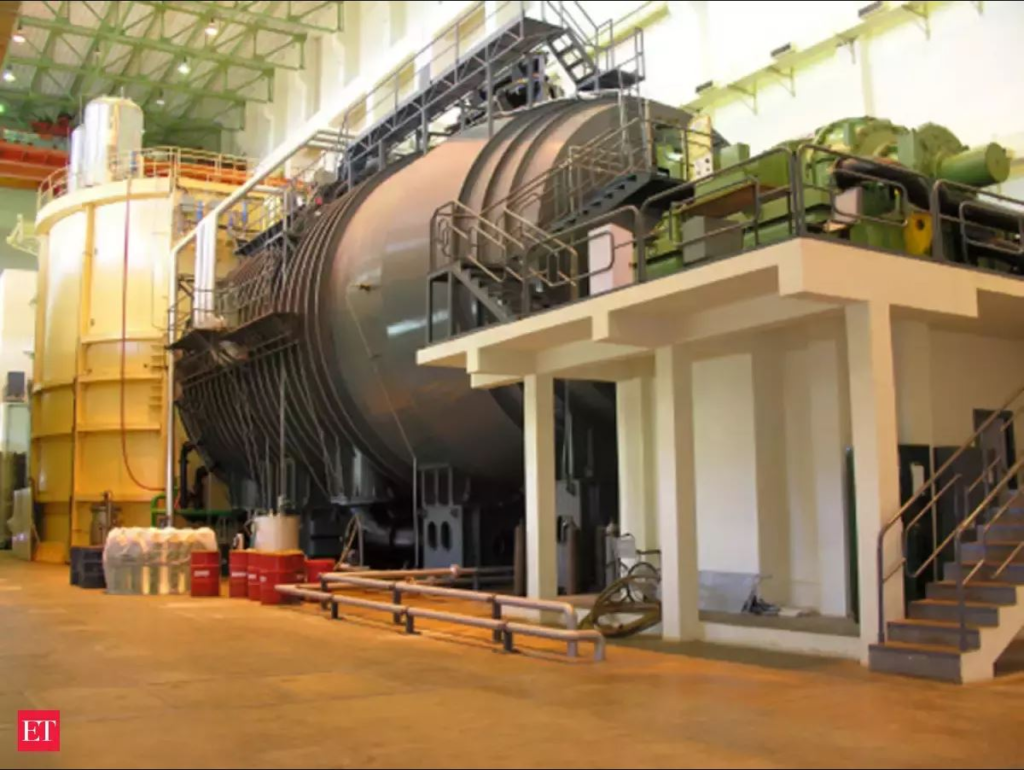
Why SSNs Are Essential
Unlike SSBNs, which carry nuclear missiles as part of a country’s nuclear triad, SSNs are designed to hunt and neutralize enemy ships and submarines. They are stealthy, fast, and capable of remaining submerged for extended periods without needing to surface for air, thanks to their nuclear propulsion. Given India’s expansive maritime domain, particularly in the Indian Ocean, SSNs are vital for safeguarding sea lines of communication, deterring enemy naval activities, and projecting power far from Indian shores.
International Comparisons: Astute-Class and Barracuda-Class Submarines
India’s SSN project is set to draw lessons from international developments in nuclear submarine technology, particularly from the UK’s Astute-class and France’s Barracuda-class submarines. Both these classes represent the cutting-edge of SSN design and are key references as India embarks on its indigenous SSN construction. Although these Indian submarines will not be based on these but its good reference point.
| Specification | Astute-Class (UK) | Barracuda-Class (France) |
|---|---|---|
| Displacement | 7,400 tons | 5,300 tons |
| Length | 97 meters | 99 meters |
| Reactor Power | 145 MW (Pressurized Water Reactor) | 150 MW (Pressurized Water Reactor) |
| Speed | 30+ knots | 25+ knots |
| Endurance | Unlimited, limited by food supplies | Unlimited, limited by food supplies |
| Torpedo Tubes | 6 | 4 |
| Missiles | Tomahawk Cruise Missiles | MdCN Cruise Missiles |
| Crew | 98 | 60 |
Both the Astute and Barracuda classes have long development timelines, with the UK’s Astute class taking over a decade from initial design to operational deployment. Similarly, the French Barracuda-class submarines have also experienced prolonged development periods. Given the complexities involved in SSN construction, India is likely to face similar timelines, with the first indigenous SSNs realistically entering service around 2035.


India’s Path Forward: Solo but Supported by Expertise
India’s decision to go solo in SSN construction reflects confidence in its domestic reactor technology and submarine-building capabilities, particularly after the success of the Arihant-class SSBNs. However, consultancy from Russian and French firms is expected to play a role in design and construction, providing India with critical insights and technical expertise in areas such as hydrodynamics, stealth technologies, and weapon integration.
Timeline Expectations: Looking Towards 2035
While the CCS clearance is a major step forward, the journey ahead is long. The Astute and Barracuda classes highlight the extensive timeframes involved in developing and commissioning advanced SSNs. Based on these benchmarks and the challenges India is likely to encounter, it is realistic to expect the first of India’s SSNs to be operational around 2035.
Overall, The CCS approval for India’s first nuclear-powered attack submarines is a landmark moment in India’s naval modernization journey. While the project has been delayed for years, the recent developments signal a new era for the Indian Navy. With indigenous reactors and international consultancy, India is poised to join the exclusive club of nations capable of designing and constructing their own SSNs, ensuring that the Indian Ocean remains a region where India can safeguard its strategic interests. However, patience will be required, as these submarines will likely not be operational until the mid-2030s.
